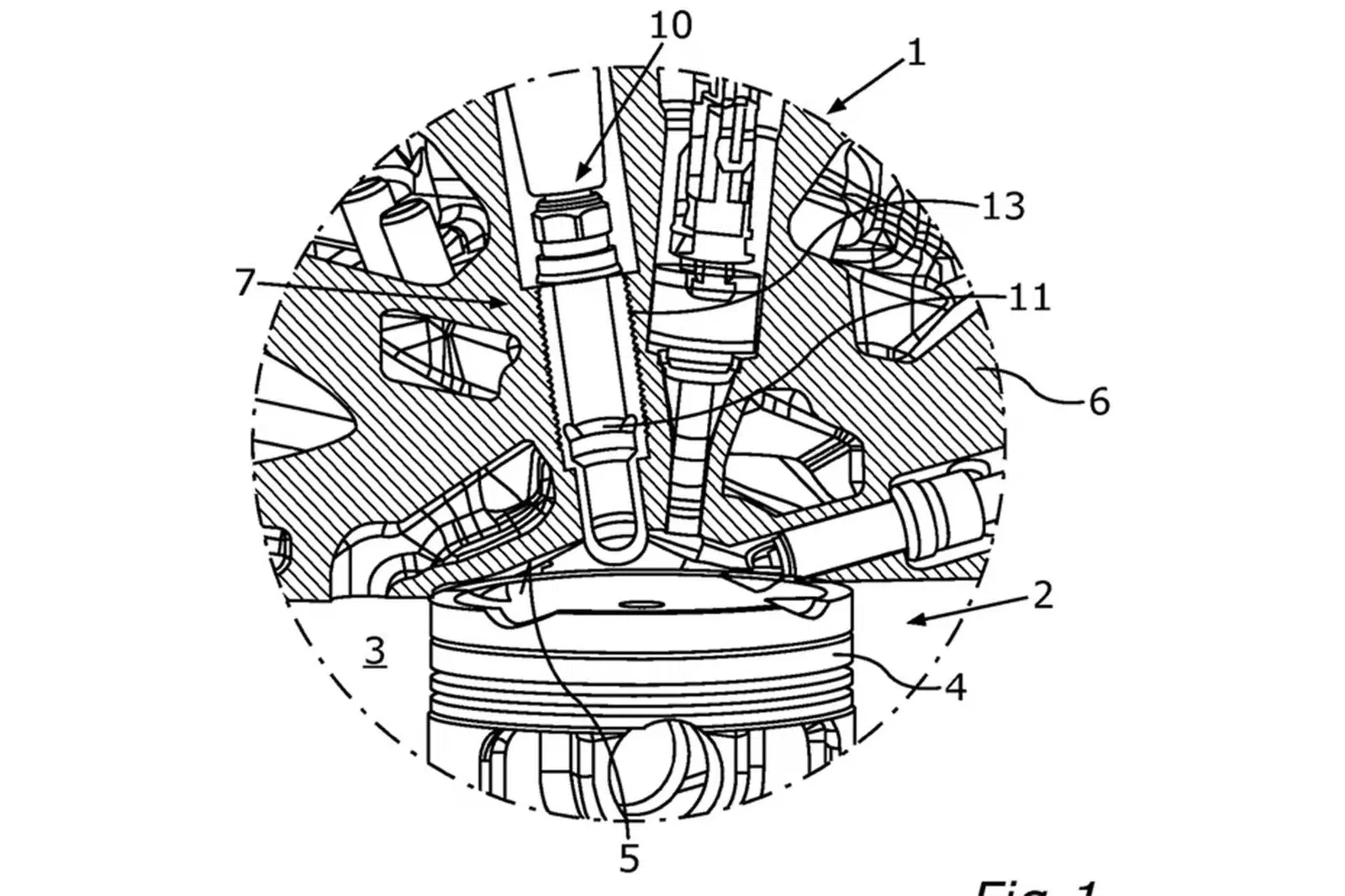BMW Looking at F1 Tech: It Could Make Engines Cleaner
The system was first developed in the early days of the combustion engine but the basic principle is still used in F1 today

Manufacturers are always striving for ways to make their engines more efficient and cleaner, without losing out on any performance. Those three things are also vital in the high-tech (and hyper-competitive) world of F1.
The crucible of F1 (or Formula One - if you’re being picky) is one of the biggest driving forces in automotive engineering, and just as MotoGP tech eventually trickles down to our road bikes, F1 ideas and principles also find their way onto the cars you and I can buy.

One technology currently in use in F1 is being eyed by BMW, as a potential way of cleaning up the combustion of its internal combustion engines. The system in question is a pre-chamber with the sparkplug mounted within it, and not in the roof of the combustion chamber - as is commonplace in motorcycle engines. The exhaust and inlet valves continue to be mounted in the conventional place (within the combustion chamber), and the fuel in this type of system can either be injected directly into the pre-chamber, or into the combustion chamber as normal.
Other than that, the engine works in the conventional way - air and fuel travel into the combustion chamber, the plug ignites it, and the combustion cycle begins. But the benefits of the system don’t come down to how the engine operates, but more what the pre-chamber does to the combustion event that takes place in the chamber. Because the pre-chamber is much smaller than the combustion chamber, the flame front is controlled and almost concentrated, allowing it to flow evenly into the main chamber. Igniting in the expanse (by comparison) of a conventional engine can cause a very turbulent flame front, which can lead to an increase in soot and noxious gases. This system though can have a significant impact on reducing these, and the simplicity of it is probably what has piqued BMW’s interest.
It’s also worth noting that the patent image shown is reported to be showing a boxer twin fitted with the system. There’s no reason why, though, it couldn’t become commonplace on any of BMW’s internal combustion engines.


